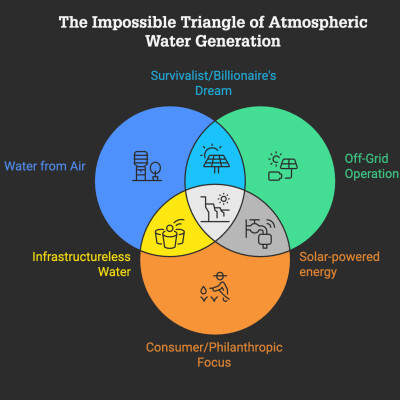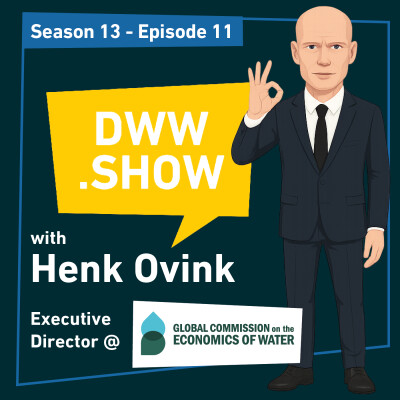Description
How Can We Afford to Remove PFAS from Our Environment When Treatment Costs Exceed Global GDP?
🙌 Supporters 🙌
A big thank you to my partner SimpleLab: https://link.dww.show/simplelab
⬇️ IN THIS EPISODE ⬇️
PFAS (per- and polyfluoroalkyl substances) are persistent synthetic chemicals (forever chemicals) used in countless everyday products that contaminate drinking water, wastewater, and the environment. These "forever chemicals" accumulate irreversibly in our bodies and ecosystems, creating mounting health risks for current and future generations while presenting unprecedented economic and regulatory challenges.
Dr. Ali Ling is a professor at the University of St. Thomas, specializing in PFAS management and wastewater treatment, with a decade of consulting experience helping industrial and municipal facilities address emerging contaminants, and expertise in big-picture systems thinking for environmental risk assessment.
🌶️ KEY SPICES 🌶️
💰 Cost-Effective Approach - Source reduction is 1,000 times cheaper than environmental cleanup, with upstream industrial controls costing hundreds versus millions of dollars per kilogram of PFAS removed
🔬 Technology Expertise - Comprehensive knowledge of GAC, ion exchange, destruction technologies, and emerging treatment solutions across drinking water, wastewater, and industrial applications
📊 Data-Driven Strategy - Evidence-based analysis showing that removing PFAS at current production rates would exceed global GDP, making source control the only viable path forward
🎯 Risk Prioritization - Understanding that drinking water represents less than 20% of human PFAS exposure, with diet and indoor dust contributing significantly more to health risks
🌍 Future-Focused Thinking - Emphasis on persistence as a critical factor, recognizing that today's PFAS releases create irreversible accumulation threatening future generations (forever chemicals)
🥜 IN A NUTSHELL 🥜
Why is cleaning up PFAS from the environment economically impossible? Removing PFAS from the environment at the rate we produce it costs millions of dollars per kilogram and would exceed global GDP, while upstream source control costs only hundreds to thousands of dollars per kilogram.
What's the biggest misconception about PFAS treatment? Most people focus on drinking water cleanup as a past problem, but we're still actively producing massive amounts of PFAS today, and drinking water represents less than 20% of human exposure to these persistent chemicals.
Should utilities treat PFAS in wastewater effluent? Treating municipal wastewater effluent is extremely expensive and environmentally impactful, whereas addressing industrial discharges and landfill leachate at their concentrated source points is far more cost-effective and logical.
How do we prevent regrettable substitution when phasing out PFAS? The European Union is implementing better frameworks that assess both persistence and toxicity before approving chemicals, while companies like IKEA and H&M have successfully phased out PFAS entirely from their supply chains.
#️⃣ Mentioned Links #️⃣
Ali Ling's LinkedIn profile
Ali's paper on the costs to remove PFAS from the environment
Hosted on Ausha. See ausha.co/privacy-policy for more information.




